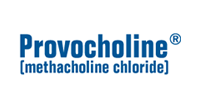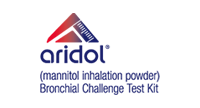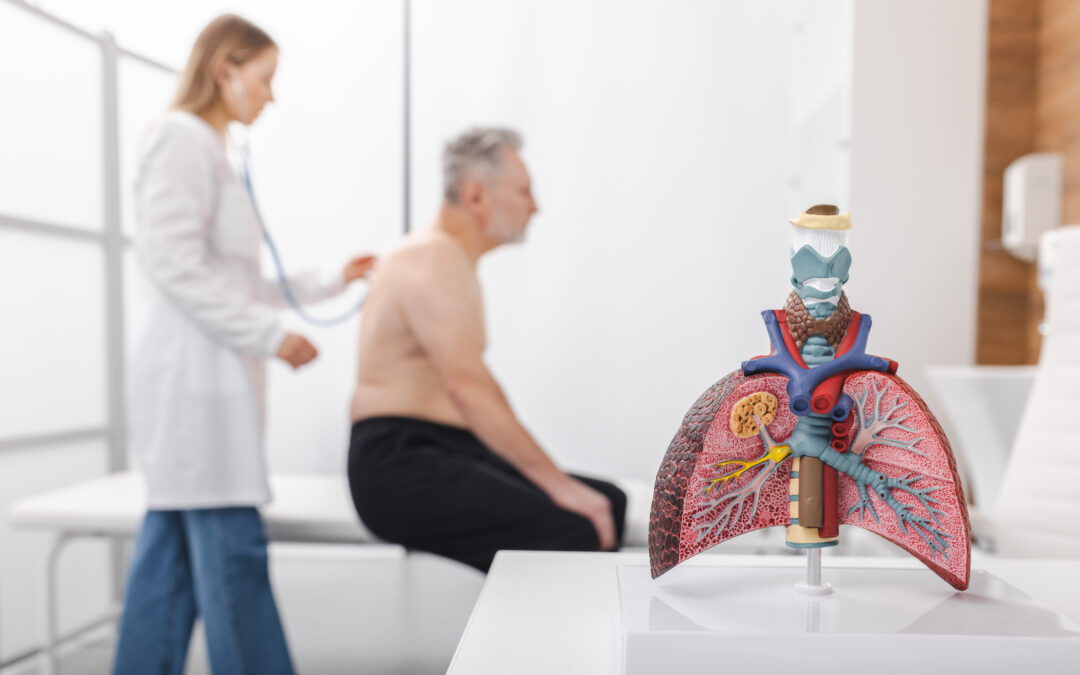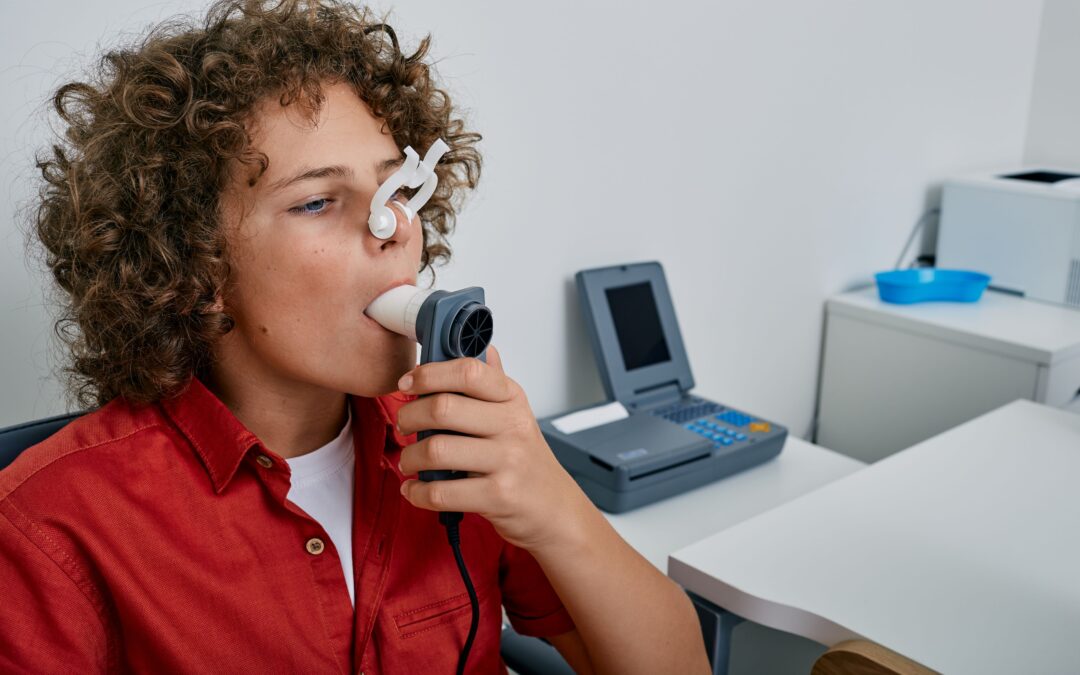Linda Esposito, MPH
I am a wellness coach and have been fortunate to live most of my life with few health issues. However, in 2016, I came back from a vacation with a cold and a lingering cough. For almost a year, my doctor and I thought my chronic cough was due to silent acid reflux. I was prescribed medication to reduce the stomach acid that was supposedly making me cough. I also raised the head of my bed and quit coffee, spicy foods, pickles, and wine. None of my efforts made a difference and my cough was interfering with my ability to work and enjoy life.
After months of trying to quiet my cough, my doctor ordered a CT scan. The scan showed that I had a relatively rare condition, bronchiectasis (BE). The word “bronchiectasis” is a combination of the Greek words “bronckos” meaning airway and “ektasis” meaning widening or dilation. The last part, the “ektasis,” makes it an irreversible disease as the lung tissue loses its elasticity from inflammation and infection. This widening of the airways causes mucus to accumulate and often leads to infections. A chronic cough frequently develops as the body attempts to remove mucus from the airways.
Thankfully, healthcare providers have become increasingly aware of bronchiectasis. Moreover, the use of High-Resolution Computed Tomography (HRCT) scans to diagnose BE has become a game-changer. What makes the treatment of bronchiectasis particularly challenging is that we are not a homogeneous group. Some of us have scarred airways from infections. Others have underlying conditions such as COPD and asthma with the result being bronchiectasis. Notwithstanding how we acquire bronchiectasis, one thing is certain—the diagnosis of BE is on the rise.
Unfortunately, bronchiectasis cannot be reversed. Regardless of whether we have a mild or a more advanced case of bronchiectasis, self-care is critical. Self-care is not necessarily the easiest way to manage a disease, but it can be the most individualized, rewarding, and hopefully successful way of living with a chronic condition.
A crucial element of self-care is adopting a healthy lifestyle to decrease overall inflammation. A commitment to healthy eating, exercise, airway clearance and rest can make a significant difference.
The BE CLEAR MethodTM
To be my healthiest living with bronchiectasis, I created a wellness program for myself. Then, in August 2021, to share my approach with others, I wrote a book, The BE CLEAR Method to Living with Bronchiectasis. My goal with this guide is just that—guidance. Some have the time, energy, and the inclination to do all the suggested steps. Others, especially those who are feeling poorly as well as those who work or have children at home, will most likely scale it back.
The BE CLEAR MethodTM can best be described as a self-care framework for us to manage our disease. I am not a doctor, and I cannot give medical advice. All I can do is share my self-care exploration and report on what works and what does not work for me. Moreover, we are ever-changing beings on a physical, mental and spiritual level and are impacted by our environment and circumstances. What does not appeal to someone at first might next month. Or what we do today might need to be modified in the future because of a health setback or life events. Being flexible is built into The BE CLEAR Method to Living with Bronchiectasis.
Integral to the BE CLEAR Method is making a promise to ourselves to practice self-care daily. If we desire to improve our health, then we need to show up to do the work. Even if it means doing less than we usually do on a particular day, that is still something and it will keep us on track.
In the BE CLEAR system I have chosen the easiest and most effective self-care options, but please experiment by modifying or enhancing as you see fit. Give yourself permission to “play with it.” In other words, be creative, make it your own and do not let it overwhelm you. We have a serious disease that will be with us for life, but we can decide not to give it power over our spirit.
The BE CLEAR Method
BE CLEAR is an acronym for the following:
Breathing
Exercise
Clearance of Airways
Laughter
Eating and Drinking
Alternative Therapies
Relaxation, Rest and Sleep
The BE CLEAR Method is a roadmap to feeling better with bronchiectasis, improving our health and helping to prevent our condition from worsening. If we diligently follow a self-care program based on the BE CLEAR Method, we can, hopefully, decrease the probability of infections and flare-ups.
Do not forget to get your doctor’s approval of your plan. Many of us with bronchiectasis have other diseases, too. These comorbidities might preclude you from a few self-care options. Be cautious, start slowly and make it your own!
About the Author
Linda Esposito, MPH is a wellness coach and her book is available on Amazon. She does individual consultations and coaching and can be reached through her website www.letsbecleartoday.com. Ms. Esposito is active on Instagram and Facebook and enjoys sharing regularly with the bronchiectasis community.
Instagram: www.instagram.com/beclearwithbronchiectasis
Facebook: www.facebook.com/becleartoday








